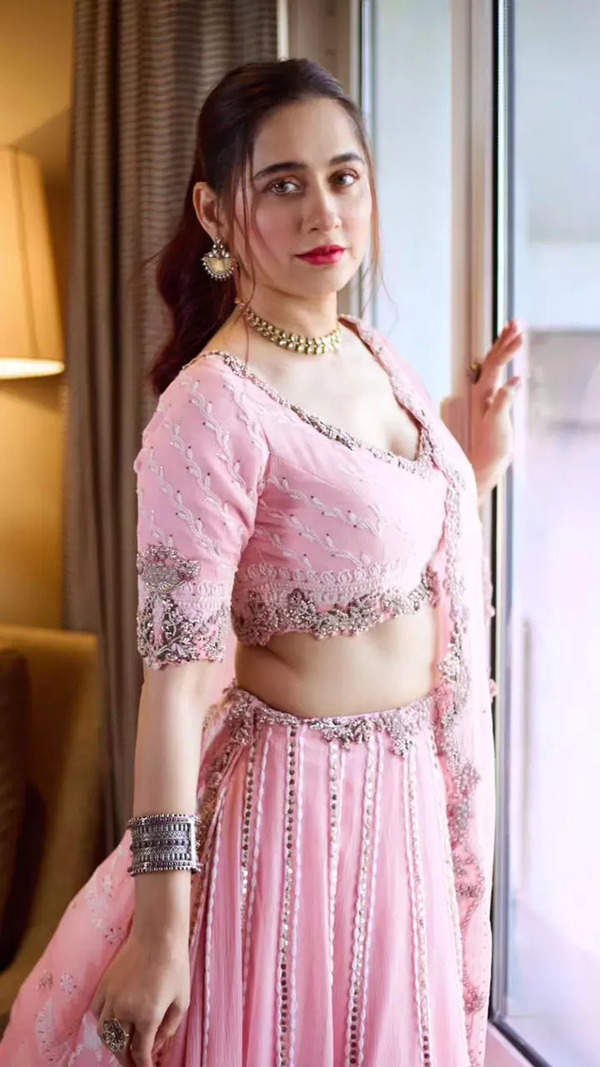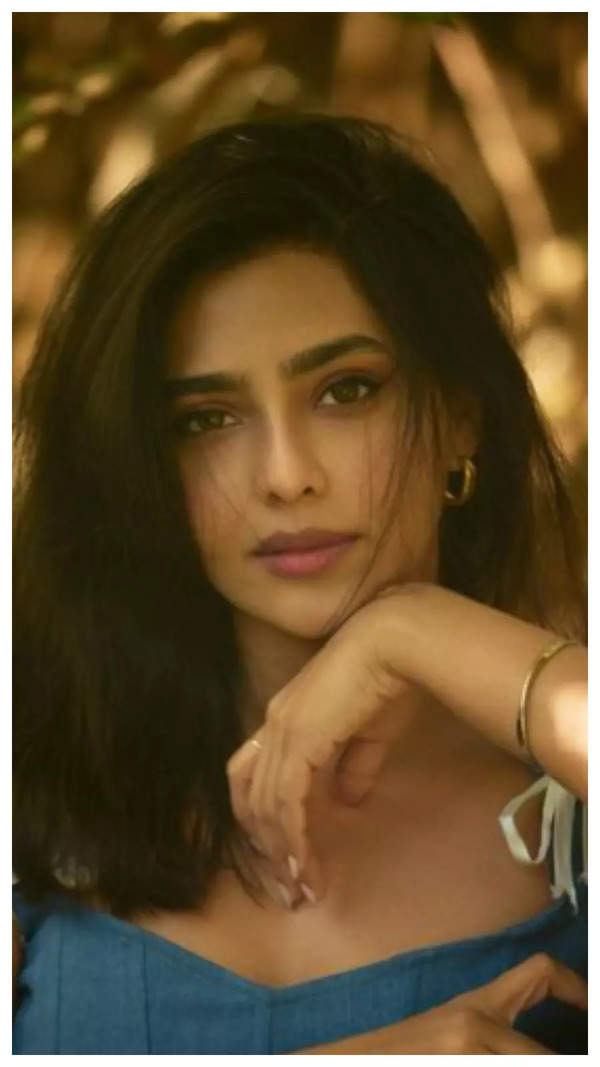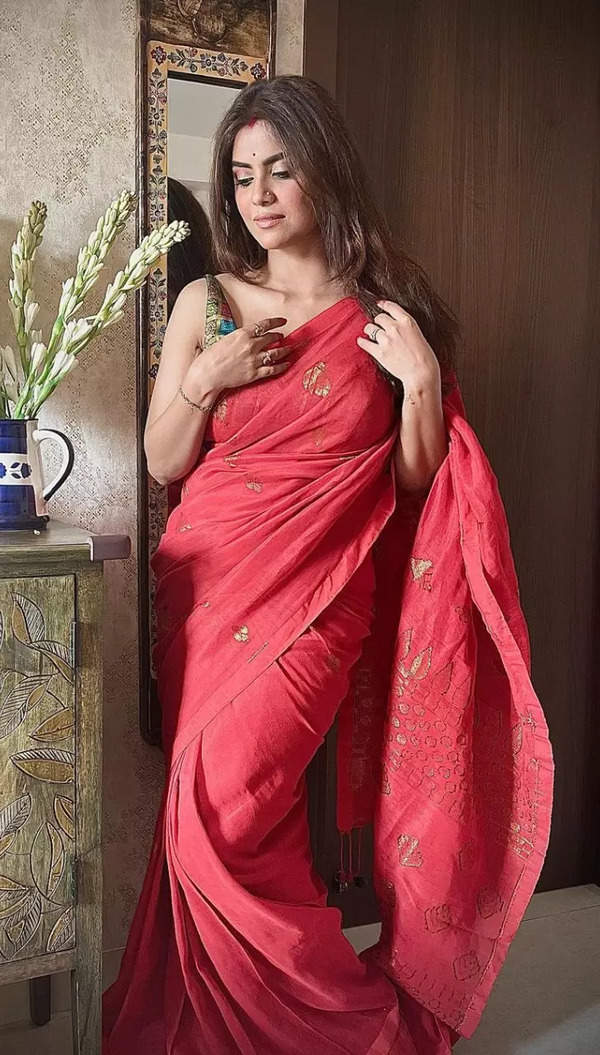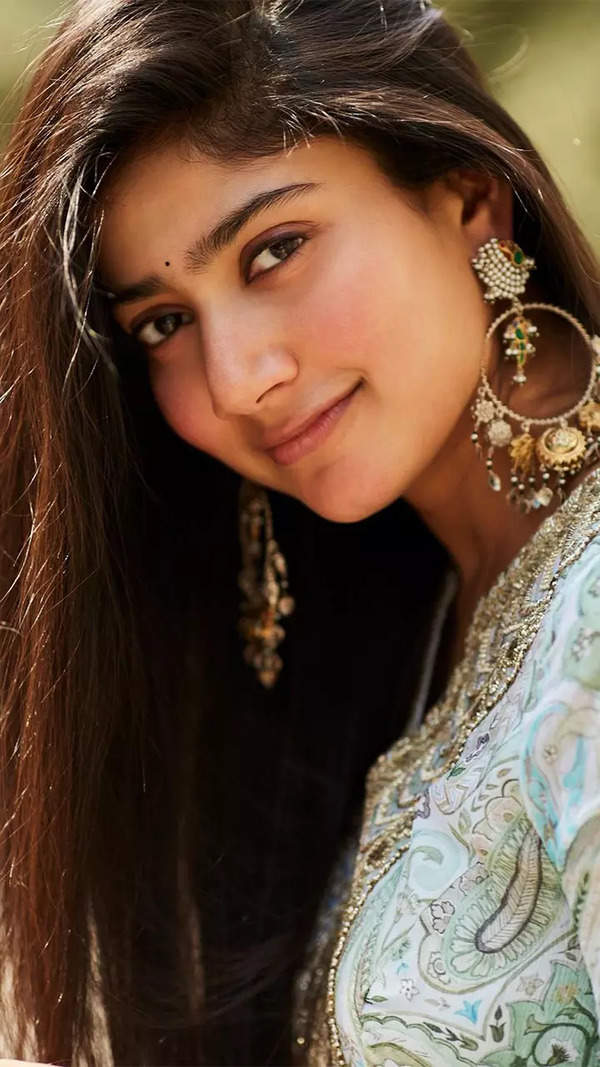Trending
This story is from December 22, 2014
What's your bridal mehendi style?
Moroccan to African, Marwari to Hyderabadi and even Mumbaiya, this wedding season, brides are taking their pick of mehendi patterns from across a plethora of cultures and regions
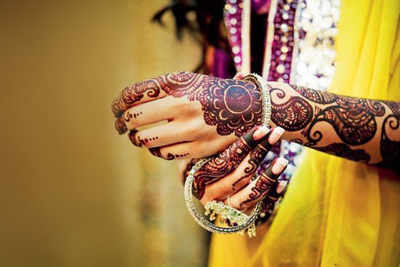
Moroccan to African, Marwari to Hyderabadi and even Mumbaiya, this wedding season, brides are taking their pick of mehendi patterns from across a plethora of cultures and regions. Here's a look at top mehendi designs trending these days:
Indian / Pakistani
Indian and Pakistani mehendi is very similar in its imagery, usually involving significant use of motifs such as flowers, peacocks and paisleys. A lot of this finds resonance in Mughal architecture and design, which also use similar motifs.
The craze for Arabic mehendi started with bold patterns that used jet-black henna.This unique henna style has evolved quickly and now offers many variations. One includes designs that ditch intricacy for bold designs, using thick lines and several big and small sized muffs, which are filled in a shaded format (similar to how colour is spread using a brush). This design is adorned with thick borders to make the shaded portions stand out effectively. When dried and removed, the mehndi appears to have three-four colour variations like black, maroon, dark and light orange, as a result of the shading effect given to it. Other designs include motifs that are used in Arabic architecture.
African
Just like their Arabic counterparts, these designs are not intricate. Instead, they use simple geometric shapes, consisting of lines, square and dots very similar to tribal art to create designs for hands and arms that look like a dine mesh. In fact, mesh is a prominent aspect of African mehndi.
Well-known regional mehendi designs from India
Rajasthani/Marwadi
The rich architecture and the intricate jali work gives everything Rajasthani a royal look and the same can be said of the mehendi designs from this area too. Designs resembling the jharokhas and traditional jali work of Rajasthan are common here, and created using really fine cones.
Bombay cut
In this pattern, artists create miniatures of monuments like the Gateway of India and Marine Drive to smaller elements like cutting chai and vada pav, which are exclusively Mumbai-centric.
These designs are then blended with regular bridal mehndi designs to complete the look.
Hyderabadi
Hyderabadi mehendi often includes many elements of intricate Indian and Pakistani designs, creating elaborate designs out of geometric shapes and chequered patterns, or paisleys and other floral designs weaved together.
Gujarati
Similar to Marwari style, Gujrati mehendi is usually extravagant and mimics the elaborate patterns of the art from the region. These designs extensively use the peacock motif, sometimes, combining it with chequered patterns or paisleys. Some artistes are known to also recreate intricate rangoli patterns in their mehendi.
Punjabi
Punjabi mehendi designs usually do not involve the use of fine lines. Instead, these use a lot of dots and circular motifs, curved lines as well as the chequered pattern, which is used to fill shapes like paisleys and lotuses.
For a little more bling
Glitter
If you are one of those who like bling, then the glitter, sequins and gem work mehendi will help add glamour to your design. Another variation to this pattern is glitter mehendi that can be applied with glitter cones that contain henna. These come in various metallic shades for that shimmering look. This style is ideal for those who would like to be adorned, but don’t want a long lasting effect.
Zardozi
With this style, you can incorporate the embroidery designs from your lehenga/sari on your arms. Mehendi artistes can emulate the fabulous gold embroidered, bejeweled bridal sari fabrics and weave them into mehendi designs. Simply lay out your wedding outfit before the artiste and he/she will recreate the exact pattern with henna using colours and patterns to complement it.
Indian / Pakistani
Indian and Pakistani mehendi is very similar in its imagery, usually involving significant use of motifs such as flowers, peacocks and paisleys. A lot of this finds resonance in Mughal architecture and design, which also use similar motifs.
Arabic
The craze for Arabic mehendi started with bold patterns that used jet-black henna.This unique henna style has evolved quickly and now offers many variations. One includes designs that ditch intricacy for bold designs, using thick lines and several big and small sized muffs, which are filled in a shaded format (similar to how colour is spread using a brush). This design is adorned with thick borders to make the shaded portions stand out effectively. When dried and removed, the mehndi appears to have three-four colour variations like black, maroon, dark and light orange, as a result of the shading effect given to it. Other designs include motifs that are used in Arabic architecture.
African
Just like their Arabic counterparts, these designs are not intricate. Instead, they use simple geometric shapes, consisting of lines, square and dots very similar to tribal art to create designs for hands and arms that look like a dine mesh. In fact, mesh is a prominent aspect of African mehndi.
Well-known regional mehendi designs from India
Rajasthani/Marwadi
The rich architecture and the intricate jali work gives everything Rajasthani a royal look and the same can be said of the mehendi designs from this area too. Designs resembling the jharokhas and traditional jali work of Rajasthan are common here, and created using really fine cones.
Bombay cut
In this pattern, artists create miniatures of monuments like the Gateway of India and Marine Drive to smaller elements like cutting chai and vada pav, which are exclusively Mumbai-centric.
These designs are then blended with regular bridal mehndi designs to complete the look.
Hyderabadi
Hyderabadi mehendi often includes many elements of intricate Indian and Pakistani designs, creating elaborate designs out of geometric shapes and chequered patterns, or paisleys and other floral designs weaved together.
Gujarati
Similar to Marwari style, Gujrati mehendi is usually extravagant and mimics the elaborate patterns of the art from the region. These designs extensively use the peacock motif, sometimes, combining it with chequered patterns or paisleys. Some artistes are known to also recreate intricate rangoli patterns in their mehendi.
Punjabi
Punjabi mehendi designs usually do not involve the use of fine lines. Instead, these use a lot of dots and circular motifs, curved lines as well as the chequered pattern, which is used to fill shapes like paisleys and lotuses.
For a little more bling
Glitter
If you are one of those who like bling, then the glitter, sequins and gem work mehendi will help add glamour to your design. Another variation to this pattern is glitter mehendi that can be applied with glitter cones that contain henna. These come in various metallic shades for that shimmering look. This style is ideal for those who would like to be adorned, but don’t want a long lasting effect.
Zardozi
With this style, you can incorporate the embroidery designs from your lehenga/sari on your arms. Mehendi artistes can emulate the fabulous gold embroidered, bejeweled bridal sari fabrics and weave them into mehendi designs. Simply lay out your wedding outfit before the artiste and he/she will recreate the exact pattern with henna using colours and patterns to complement it.
End of Article
FOLLOW US ON SOCIAL MEDIA
